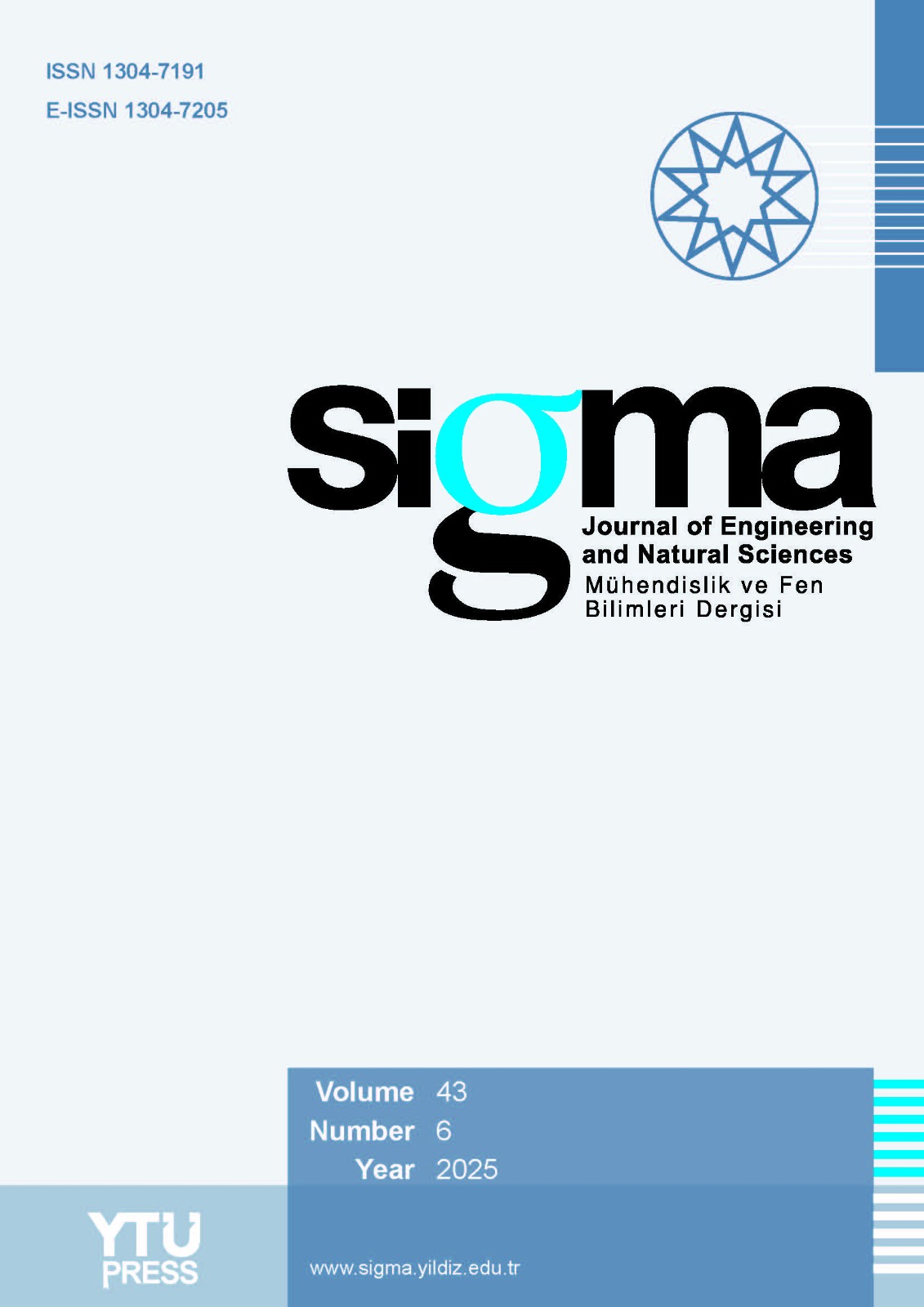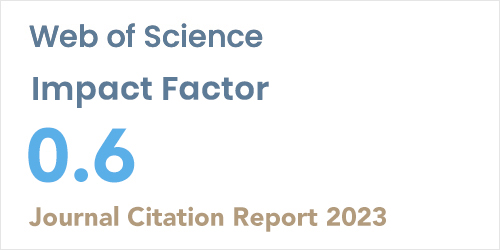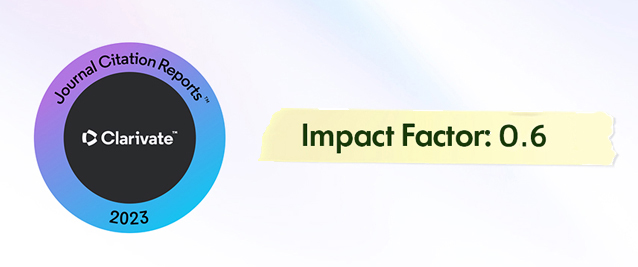2Energy Institute Bengaluru (EIB), Centre of Rajiv Gandhi Institute of Petroleum Technology (RGIPT)-560064, India*
Abstract
In this study, the performance of two perovskite solar cells (PSCs) devices that are based on methylammonium tin (II) iodide (MASnI3) and methylammonium lead iodide (MAPbI3) as absorber materials are investigated and optimized. This work helps in the advancement of sustainable energy technologies by balancing the lead-free stability of MASnI3 and the high efficiency of MAPbI3. The Solar Cell Capacitance Simulator in One Dimension (SCAPS 1-D) was used to examine the impact of a thickness difference in the layer on power conversion efficiency (PCE) and other parameters that are linked to performance. The results clearly show that MASnI3 manages to deliver a 12% PCE with an open-circuit voltage (V_oc) of 0.7945 V, while MAPbI3 obtains a PCE of 18.41% and V_oc of 1.4742 V, thus establishing the efficiency difference between the two materials. Nevertheless, as MASnI3 has the upper hand when it comes to its stability, the lead-free solution is more plausible. The research reports conducted in this study have allowed for the identification of the methodology of assessing bandgap alignment and material selection to improve the performance of MASnI3, which further presents the possibilities of new technologies that operate without lead. These results indicate the importance of PSC to the sustainability and scalability of energy solutions.













